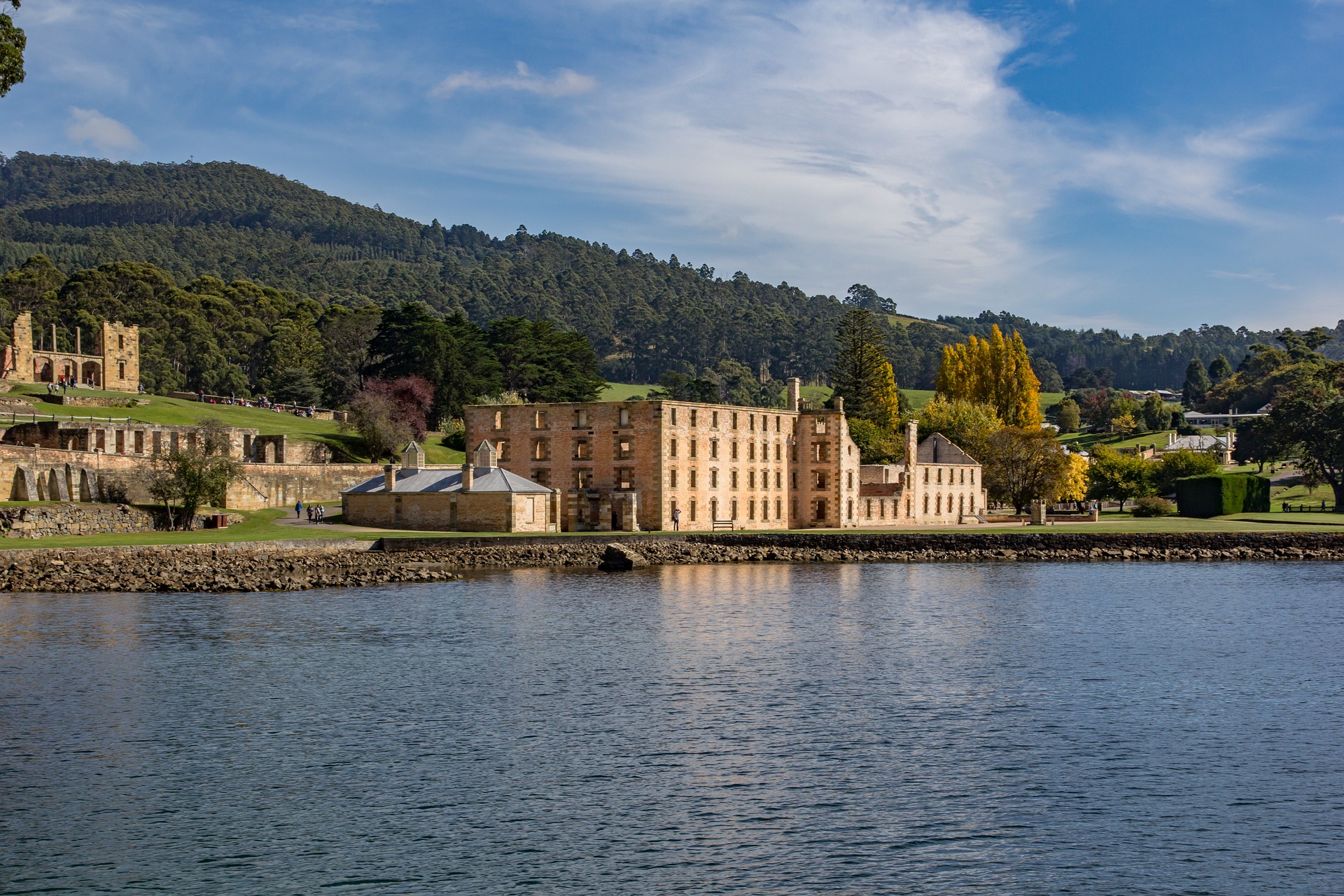Media release
From:
New figures on gun ownership in Australia revealed
- Australian civilians now own more than 3.5 million registered firearms, an average of four for each licensed gun owner
- The proportion of Australians who hold a gun licence has fallen by 48 percent since 1997
- The proportion of Australian households with a firearm has fallen by 75 percent in recent decades
- Data indicates that people who already own guns have bought more rather than an increase in new gun owners
University of Sydney gun control expert Associate Professor Philip Alpers’ analysis is below and he can be contacted directly for comment.
The results will be presented on 27 Aprilat a panel event Public Health at the Forefront of Social Change: 25 Years of Gun Control since Port Arthur to discuss the impact of Australia’s post-1996 response and the future of fire-arm prevention.
…………………………...........................................................
“In the wake of John Howard’s gun reforms, the risk of an Australian dying by gunshot quickly fell by more than half – and it’s stayed that low for 25 years,” says Adjunct Associate Professor Philip Alpers, a specialist in firearm injury prevention at the University of Sydney’s School of Public Health.
“In those same years, there’s also been a significant shift in the country’s gun culture,” he says.
In new figures published today by the university-hosted project GunPolicy.org, Philip Alpers reports that “The proportion of Australians who hold a gun licence has fallen by 48 percent, as each year a smaller segment of the population decide they need a firearm.”
In 1997, the year after the Port Arthur massacre, Australia had 6.52 licensed firearm owners per 100 population. By 2020, that proportion had almost halved, to 3.41 licensed gun owners for every 100 people.
“Although several states and territories still refuse to release their firearm licensing data, we know that today about 868,000 Australians have a current gun licence,” said Associate Professor Alpers.
In 1997, the federal firearm buyback campaign reported that 1.2 million Australians were licensed to possess firearms.
“This doesn’t mean Australians own fewer guns,” says Philip Alpers.
“Government figures show that imports of modern firearms for private owners fluctuate between 65,000 and 116,000 each year. But even after 25 years of importing well over a million new guns since the firearm buybacks, the rate of registered firearms per 100 population has only risen by 1.7 percent.”
In the same period, the country’s population grew by 40 percent, from 18.2 million to 25.5 million.
Australian civilians now own more than 3.5 million registered firearms, an average of four each. Private gun owners also hold an estimated 260,000 illegal firearms in the “grey market” of undeclared weapons.
“It’s clear that those who already own guns have bought more, while those who don’t own guns are becoming more numerous. Polling confirms this, with the proportion of Australian households with a firearm falling by 75 percent in recent decades.”
…………………………...............................................................
Panel event details:
Public Health at the Forefront of Social Change: 25 Years of Gun Control since Port Arthur
Where: Online. Register here: https://whatson.sydney.edu.au/event/161
When: Tuesday 27 April 2021, 11—12:30pm
Speakers:
- Rebecca Peters AO, A global expert on firearm policy and injury prevention, Rebecca Peters played a critical role in Australia's gun law reforms.
- Associate Professor Philip Alpers, founding director of GunPolicy.org, School of public health, University of Sydney.
- Professor David Hemenway, Professor of Health Policy at the Harvard School of Public Health and Director of the Harvard Injury Control Research Centre
- Hon Dr Andrew Leigh MP: The Deputy Chair of the Standing Committee on Economics and a member of the Australian Labor Party. Dr Leigh has published some of the most influential research on the impacts of the National Firearms Agreement.



 Australia; NSW
Australia; NSW



